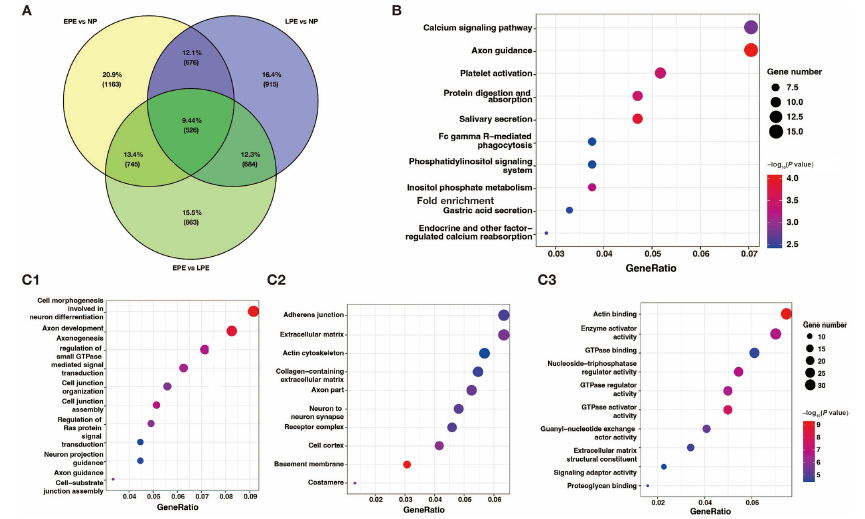The landscape of N1-methyladenosine (m1A) modification in mRNA of the decidua in severe preeclampsia
DOI:
https://doi.org/10.17305/bb.2024.10532Keywords:
N1-methyladenosine (m1A), Preeclampsia (PE), Methylated RNA immunoprecipitation sequencing (MeRIP-seq), Decidua, Decidualization, Vascular dysfunctionAbstract
Recent discoveries in mRNA modification have highlighted N1-methyladenosine (m1A), but its role in preeclampsia (PE) pathogenesis remains unclear. In this study, we utilized methylated RNA immunoprecipitation sequencing (MeRIP-seq) and RNA sequencing (RNA-seq) to identify m1A peaks and the expression profile of mRNA in the decidua of humans with early-onset PE (EPE), late-onset PE (LPE), and normal pregnancy (NP). We assessed the m1A modification patterns in preeclamptic decidua using 10 m1A modulators. Our bioinformatic analysis focused on differentially methylated mRNAs (DMGs) and differentially expressed mRNAs (DEGs) in pairwise comparisons of EPE vs. NP, LPE vs. NP, and EPE vs. LPE, as well as m1A-related DEGs. The comparisons of EPE vs. NP, LPE vs. NP, and EPE vs. LPE identified 3110, 2801, and 2818 DMGs, respectively. We discerned three different m1A modification patterns from this data. Further analysis revealed that key PE-related DMGs and m1A-related DEGs predominantly influence signaling pathways critical for decidualization, including cAMP, MAPK, PI3K-Akt, Notch, and TGF-β pathways. Additionally, these modifications impact pathways related to vascular smooth muscle contraction, estrogen signaling, and relaxin signaling, contributing to vascular dysfunction. Our findings demonstrate that preeclamptic decidua exhibits unique mRNA m1A modification patterns and gene expression profiles that significantly alter signaling pathways essential for both decidualization and vascular dysfunction. These differences in m1A modification patterns provide valuable insights into the molecular mechanisms influencing the decidualization process and vascular function in the pathogenesis of PE. These m1A modification regulators could potentially serve as potent biomarkers or therapeutic targets for PE, warranting further investigation.
Citations
Downloads

Downloads
Published
Issue
Section
Categories
License
Copyright (c) 2024 Jing Tong, Hua Li, Liang Zhang, Cong Zhang

This work is licensed under a Creative Commons Attribution 4.0 International License.









